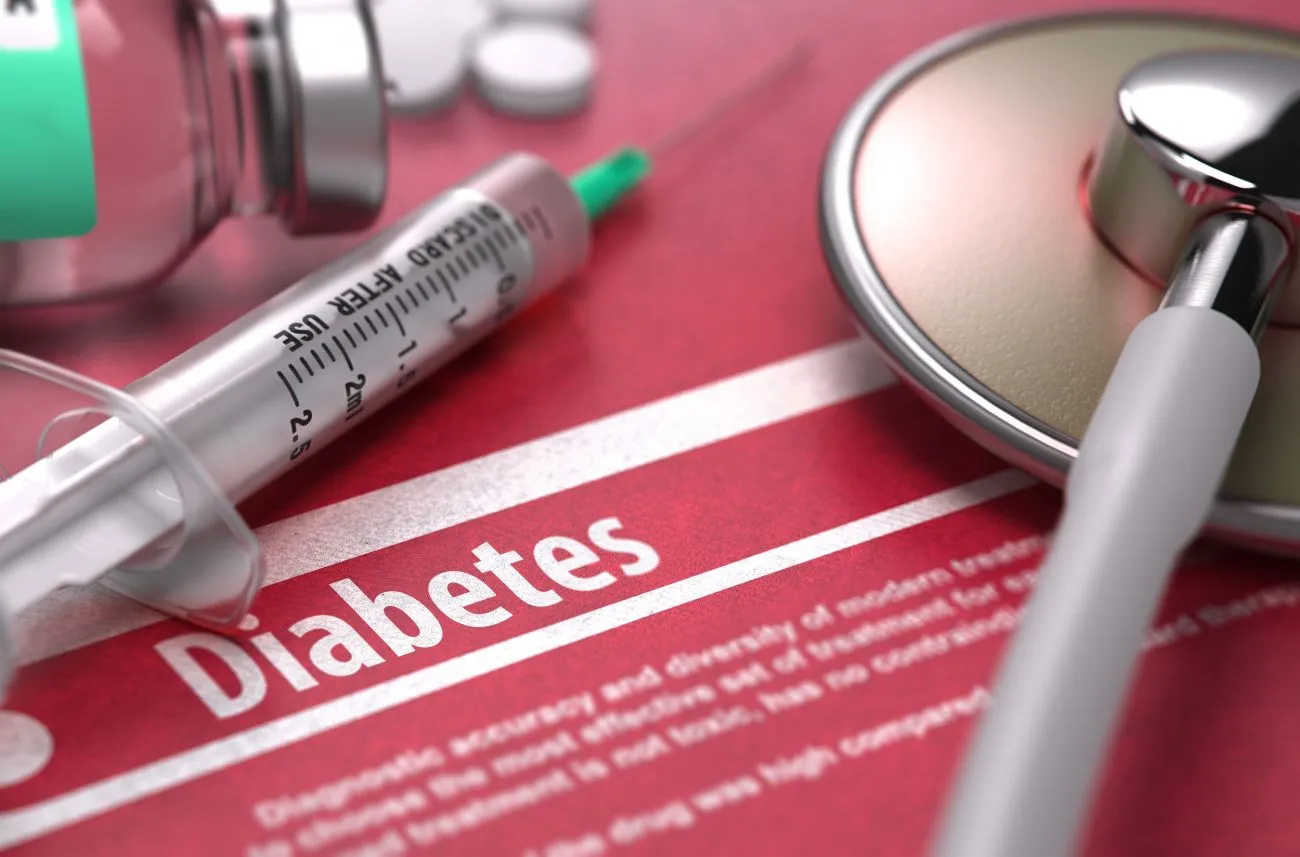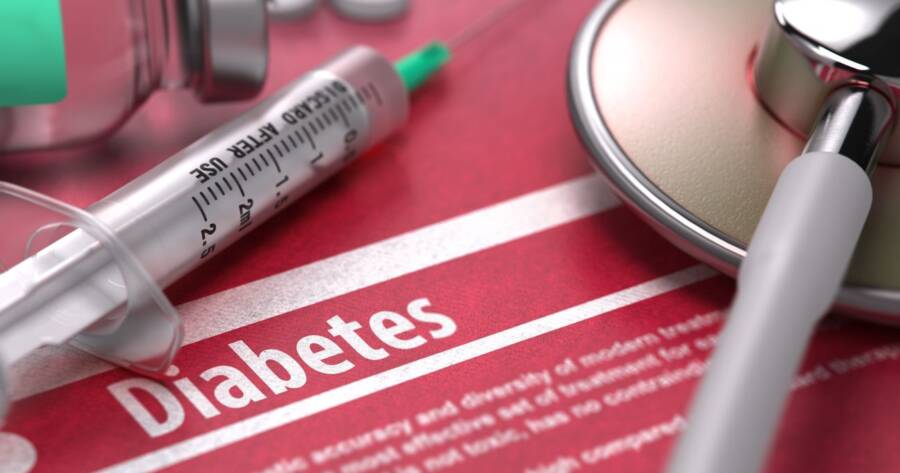Type 2 diabetes has become so prevalent that an estimated 10 percent of all adults over the age of 20 can now be classified as diabetic. When left untreated, this condition will impact almost every facet of an individual’s health while reducing their overall quality of life.
If you or a loved one has recently been diagnosed with type 2 diabetes or prediabetes, then it’s time to start looking at your treatment options. Treatments for type 2 diabetes are more effective than ever, and many patients can completely reverse this condition with modern medication and changes to their lifestyle.
A Closer Look at Type 2 Diabetes
One of the most important fuel sources for your body is glucose, and type 2 diabetes is a chronic condition that affects the way your body absorbs and uses this form of energy. Depending on a number of different internal and external factors, you might be diagnosed with this disease if your body resists the effects of the hormone known as insulin or you cannot produce enough insulin to control your glucose levels.
Type 2 diabetes was originally known as adult-onset diabetes because it generally did not occur in younger patients. Over the last few years, however, it has become much more prevalent among children and teenagers. It is also extremely common in adults over the age of 65 who tend to have relatively sedentary lives. Just as with many other chronic medical conditions, catching diabetes early could help you avoid the life-altering side effects of this disease.
Symptoms, Causes, and Risk Factors
One of the most difficult aspects of type 2 diabetes is the fact that many people have it for years without ever realizing it. That is because the side effects almost always develop slowly and can easily be confused with other medical issues. All patients who are at risk of developing diabetes should keep a close eye on their eating and drinking habits. Diabetes often results in unusual hunger pangs, binge eating, frequent urination, intestinal distress, bloating, and increased thirst. Many patients also experience changes to their weight without any changes to their activity level or diet.
Once this disorder has progressed, you might begin to notice more severe side effects. Due to the fact that your cells are deprived of sugar, almost every natural bodily function will be impacted. That includes your energy levels as well as your general mood. Patients should also be wary of unusual wounds that don’t seem to heal properly, frequent infections, and discolored patches of skin.
Diagnosing Diabetes
The first test that most patients are given is the glycated hemoglobin (A1C) test. The A1C is a pain-free blood test that allows a doctor to track their patient’s average blood sugar over the past two to three months. It also gives the doctor a better look at how effectively the patient’s blood is delivering oxygen to the rest of their body. An A1C test that comes back between 5.7 and 6.4 percent is now considered to be a prediabetes diagnosis. If the test comes back higher than 6.4 percent, the patient is generally classified as diabetic.
The A1C has become the most common test for diabetes, but it can be inaccurate if the patient is pregnant or has a medical condition that affects their red blood cells. For those patients, a blood sugar test or oral glucose tolerance test must be administered.
Lifestyle Changes
The vast majority of diabetic patients can improve or completely reverse this condition with lifestyle changes. Even if medications for type 2 diabetes are prescribed at some point, the patient should do everything in their power to make sweeping changes to their diet and exercise habits.
Staying at a healthy weight is the single most effective way to take control of diabetes. A relatively healthy adult should have a BMI between 18.5 and 24.9. Those who have a BMI of 25 are generally classified as overweight while a BMI above 30 is now considered obese. Patients who are unsure of how to bring their weight under control should speak with their primary healthcare provider about lifestyle changes and fitness strategies they can use. It is especially vital to speak with your doctor about diet and fitness options if you have been diagnosed with any other conditions that could affect your ability to exercise.
There is no single eating strategy that works for every diabetic patient, but there are some dietary tips that will positively impact the vast majority of these individuals. When any dietary changes are made, patients must continue to carefully test their blood sugar multiple times a day.
Best Foods for Diabetics
The major difference between a standard healthy diet and a diet specifically designed for diabetes is that diabetics need to pay closer attention to the sugar and carbohydrate content of each food and beverage they consume. For example, even if you’re eating healthy fruits like bananas (which are full of fibre, plus important vitamins and minerals!), be aware of the higher sugar and carb content and eat in moderation.
Here are 5 foods that are great for diabetics:
- Apples
You’ve probably heard people say that an apple a day keeps the doctor away, and this happens to be true. According to a study published by Ohio State University, people who eat one apple per day experience a forty percent reduction in their bad cholesterol. This healthy decrease is caused by the specific antioxidants found in apples.
Studies have shown that eating at least five apples a week lowers the chances of getting type 2 diabetes by 23 percent, making this one of the best foods for diabetes.
- Carrots
Besides improving immune function and vision, carrots are also good at managing diabetes. A small portion of carrots is considered by the American Diabetes Association to be a “free food,” which means it does not even need to be factored into a meal plan.
The beta-carotene in carrots benefits people genetically predisposed to type 2 diabetes by lowering their risk of developing the disease.
- Fatty Fish
People who eat fatty fish like mackerel, sardines, albacore tuna, halibut and salmon at least twice a week have a lower risk of abnormal heartbeat, high blood pressure and inflammation. Fish is low in cholesterol and saturated fat (bad fat), and contains plenty of omega-3 fatty acids.
Fish contains mercury, so don’t overdo it, but definitely make it regular addition to your weekly diet plan.
- Blueberries
The regular consumption of blueberries helps keep blood sugar at a normal level. They contain flavonoids, which have an anticancer effect and lower the risk of diabetes.
Blueberries get their color from anthocyanins, an antioxidant that can reduce the likelihood of type 2 diabetes by 23 percent.
- Yogurt
People who eat two ounces of yogurt per day lower their risk of developing type 2 diabetes by 12 percent. When you choose yogurt, go for the fat free variety and the kind without any added sugar.
Yogurt provides calcium and Vitamin D, and probiotic bacteria that can help lower cholesterol. To make yogurt tastier, mix in fruits like blueberries, cranberries or bananas.
Worst Foods for Diabetics
The best foods for diabetics are typically the same foods you’d find in just about any healthy meal plan. Be sure to include plenty of fibre, healthy fats, and protein, and avoid foods that are overly processed or too high in sugar.
Here are 5 foods to avoid – or at least be very, very careful with:
- Biscuits and Sausage Gravy
While this traditional breakfast food may be tasty, it contains the entire daily amount of saturated fat recommended by the American Diabetes Association, plus lots of calories and sodium. If you eat this for breakfast, the rest of your day’s meals will be very restricted.
For a more diabetic friendly version, try using turkey breakfast sausage.
- Milkshakes
Loaded with carbohydrates, calories and bad fat, milkshakes are one of the worst foods for diabetics. The average sixteen-ounce milkshake contains 114 grams of carbohydrates, 700 calories, 20 grams of fat — and that’s without the whipped cream.
There’s really no diabetic friendly version of a good old fashioned milkshake, but making sacrifices is a major component of managing diabetes with diet.
- Fried Chicken
Unfortunately it’s important for diabetics to avoid all fried foods. Fried chicken is a good example of why, as it contains a dangerous amount of cholesterol, fat, calories, carbs and sodium.
For healthier chicken options, go for the grilled chicken instead, or try the type of breaded chicken that’s baked in an oven.
- Fruit Juice Drinks
The amount of sugar and calories in store-bought fruit drinks makes them one of the worst foods for diabetics. Unless you specifically seek out the low-calorie versions, you’ll be taking in 31 grams of carbs, 29 grams of sugar, and 130 calories in a single 8=ounce serving.
Fruit juice drinks are especially dangerous because they are so easy to thoughtlessly consume, especially when you’re thirsty.
- Prepackaged Pastries
Preservatives, white flour, sugar and sodium are common components of prepackaged baked goods, and these things can send your cholesterol and risk of heart disease through the roof. These ingredients cause inflammation and make your blood sugar spike.
In fact, do your blood sugar a favor and stay away from anything that comes out of a traditional vending machine. When it comes to baked goods, make them yourself at home so you know exactly what’s going into them.
Professional Treatment Options
Some patients need to supplement their lifestyle changes with medicine such as insulin shots. Your doctor might suggest combining multiple forms of medication to help you control your glucose levels in a number of different ways. Metformin is one of the most popular treatment options for diabetic patients because it does not impact an individual’s blood sugar levels. All this medication does is affect how much insulin their liver produces. Medications that alter blood sugar or change how a patient’s body reacts to insulin are typically reserved for those who are in the advanced stages of diabetes.
Permanently Restoring Your Health
Being diagnosed with diabetes or prediabetes should be a sign that it is time to start making comprehensive changes to your life. While your diagnosis might seem overwhelming at first, medications and treatments are more effective than ever. Patients who carefully follow the instructions given to them by their primary healthcare provider and dietitian have a very good chance of reversing this condition and avoiding permanent damage to their bodies.
 Tashauvango / Shutterstock.com
Tashauvango / Shutterstock.com


